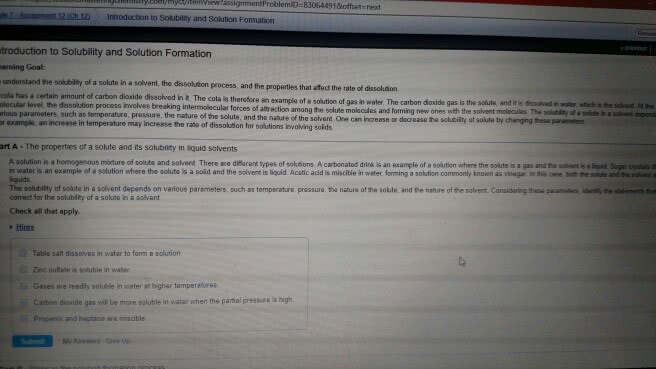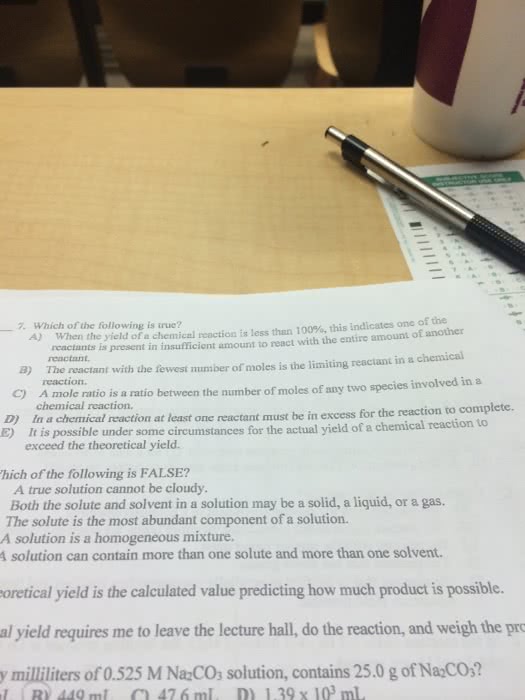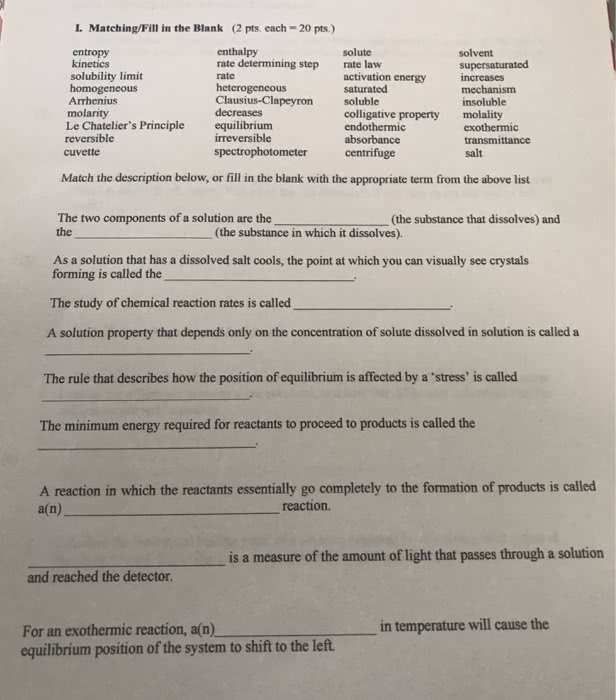CHEM 1B Lecture Notes - Lecture 10: Sulfuric Acid, Molality, Sodium Chloride
Document Summary
Solution: homogeneous (uniform) mixture of two or more chemical components. Solute: component present in the smaller amount. Solvent: component present in the larger amount. Solubility: if one substance (solute) dissolves in another(solvent), it is said to be soluble. The maximum of solute that can be dissolved in a given amount of solvent. Concentration can be expressed in terms of molarity, molality, and fractions: Example: phosphoric acid (h3po4) is used for rust removal in industries, for cleaning, in food industries, etc. Calculate the molarity of a solution prepared by dissolving 15. 8 g of solid h3po4 in water to obtain 1. 28 l of solution. Example: what is the concentration of each ion when dissolving 23. 6 g of cobalt (ii) nitrate. Example: what is the molality of solution prepared by dissolving 19. 8 g of sodium chloride in. Example: the density of a 1. 16 m solution of sucrose (c12h22o11; mw=342. 3 g/mole) is 1. 18 g/ml.




